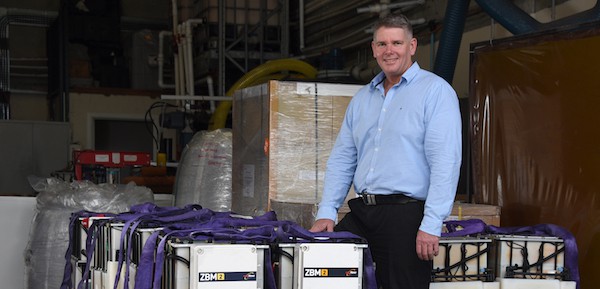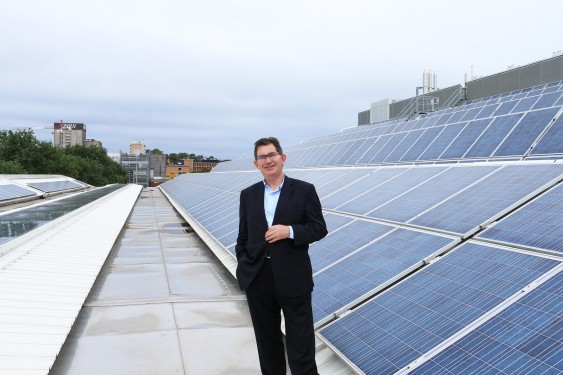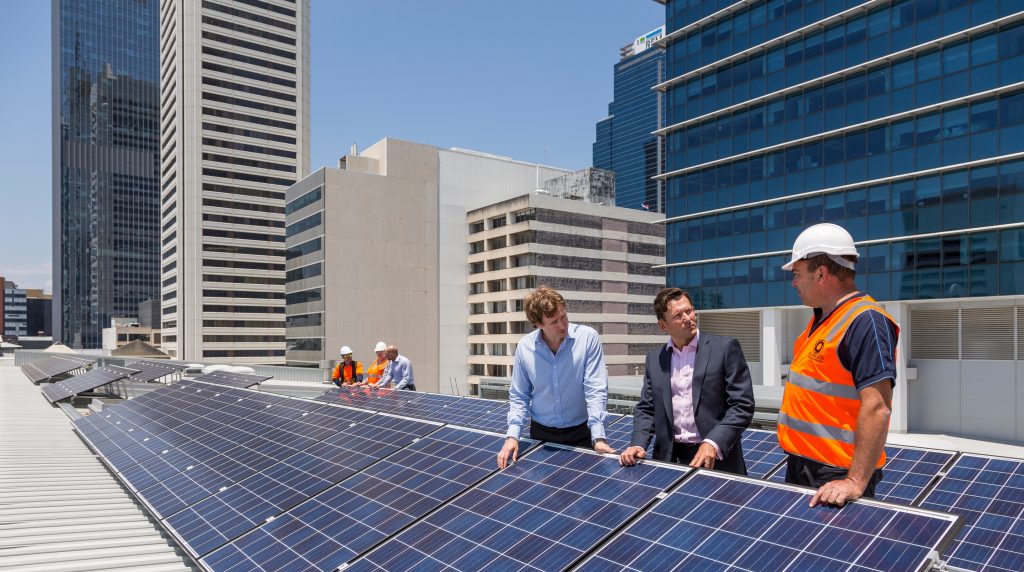Redflow in Thailand – we reported last year on their decision to move manufacturing of the Redflow zinc-bromine flow batteries to Thailand. Today they have emailed out a press release advising that they’ve successfully produced the first battery electrode stacks from the new factory southeast of Bangkok at the Hemaraj Chonburi Industrial Estate.
Redflow in Thailand

Redflow announced in December last year that they had successfully started manufacturing core components for the zinc-bromine flow batteries at its new production facility – with the successful production of electrode inserts made of HDPE (High-Density Polyethylene) plastic at their Thai factory.
Today’s press release noted that they’ve now successfully produced battery electrode stacks – a key component of the ZBM2 zinc-bromine flow battery. The stacks involve using electrodes that charge and discharge the battery by “plating” and “deplating” zinc on a membrane. This process means the membrane is able to sustain 10 kilowatt-hours of energy storage capacity throughout the battery’s operating life, which is estimated at 10 years of 36,500 kWh of delivered energy (whichever comes first). Keep in mind that battery performance and lifetime won’t be sensitive to cycle depth as there are no limitations due to the nature of zinc-bromine flow batteries. They’ll deliver 100% depth of discharge every day for their warranted time and this doesn’t cause any damage to the battery.
According to the Redflow Limited Managing Director and CEO Richard Aird, the process has been smooth sailing so far:
“The manufacturing team is very happy with the consistent quality and acceptable yield metrics of the stack line,” he said in the press release.
As per Redflow’s manufacturing timeline, they are well on track to be able to produce complete batteries by June of this year.
It’s been a brave move for Simon Hackett’s Redflow, who have had a challenging 2017 and made some tough operating decisions for the new year. We’ll keep you updated as to how production goes for their batteries.





